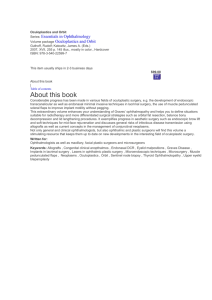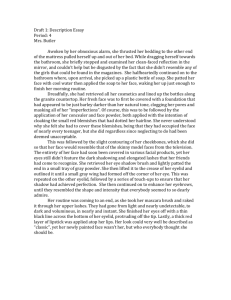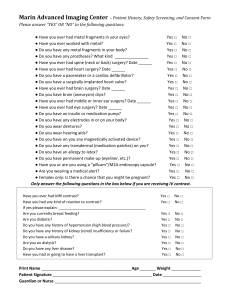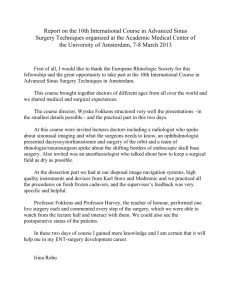Eyelid Surgery
advertisement
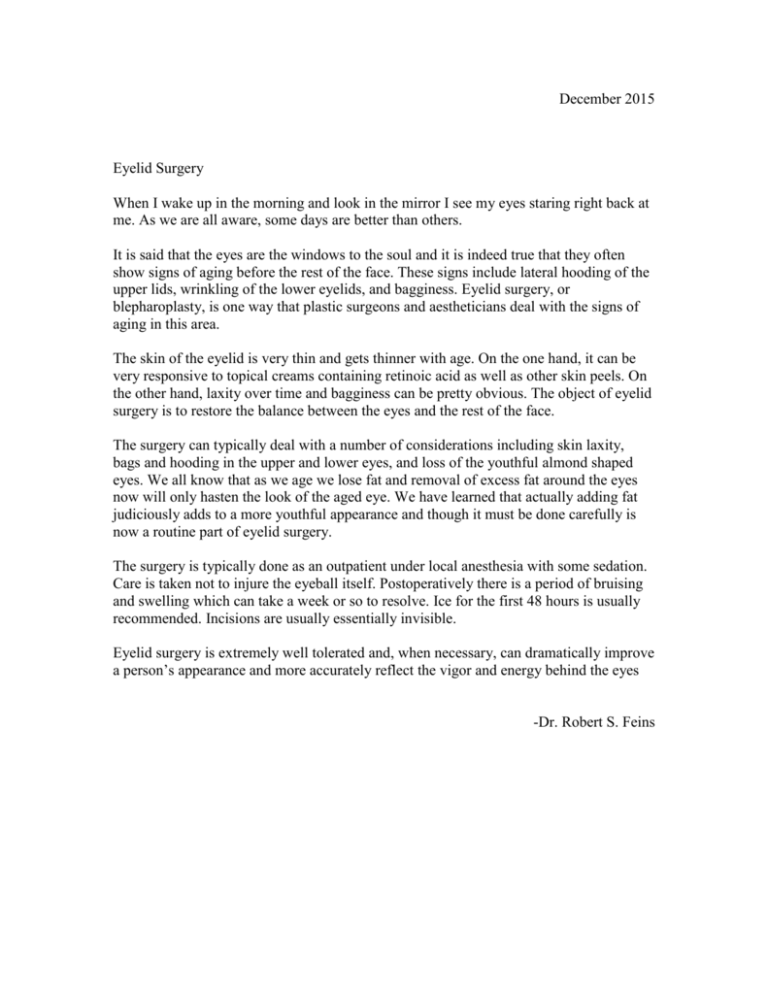
December 2015 Eyelid Surgery When I wake up in the morning and look in the mirror I see my eyes staring right back at me. As we are all aware, some days are better than others. It is said that the eyes are the windows to the soul and it is indeed true that they often show signs of aging before the rest of the face. These signs include lateral hooding of the upper lids, wrinkling of the lower eyelids, and bagginess. Eyelid surgery, or blepharoplasty, is one way that plastic surgeons and aestheticians deal with the signs of aging in this area. The skin of the eyelid is very thin and gets thinner with age. On the one hand, it can be very responsive to topical creams containing retinoic acid as well as other skin peels. On the other hand, laxity over time and bagginess can be pretty obvious. The object of eyelid surgery is to restore the balance between the eyes and the rest of the face. The surgery can typically deal with a number of considerations including skin laxity, bags and hooding in the upper and lower eyes, and loss of the youthful almond shaped eyes. We all know that as we age we lose fat and removal of excess fat around the eyes now will only hasten the look of the aged eye. We have learned that actually adding fat judiciously adds to a more youthful appearance and though it must be done carefully is now a routine part of eyelid surgery. The surgery is typically done as an outpatient under local anesthesia with some sedation. Care is taken not to injure the eyeball itself. Postoperatively there is a period of bruising and swelling which can take a week or so to resolve. Ice for the first 48 hours is usually recommended. Incisions are usually essentially invisible. Eyelid surgery is extremely well tolerated and, when necessary, can dramatically improve a person’s appearance and more accurately reflect the vigor and energy behind the eyes -Dr. Robert S. Feins


